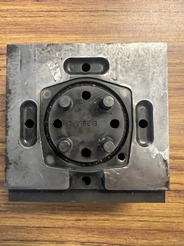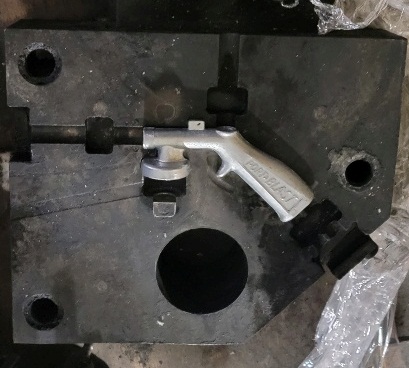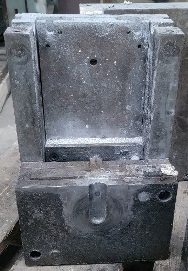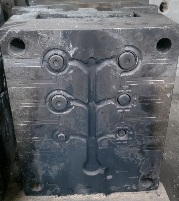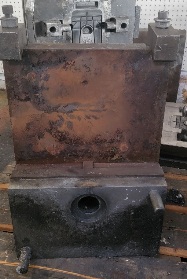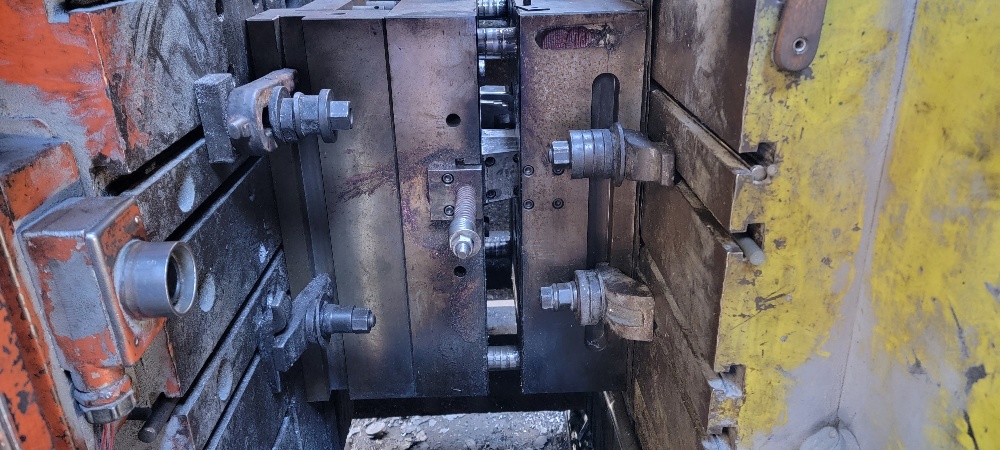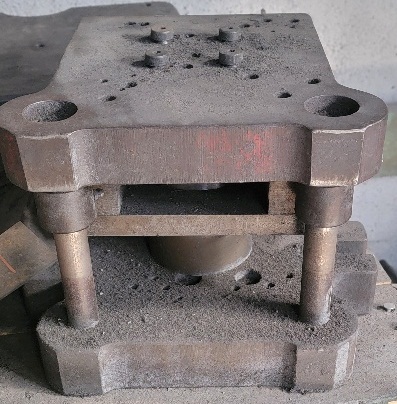Types of Die Casting Tooling, Molds and Dies
Die casting tooling is called by many names. Some of those names are interchangeable. For example and die casting die and a die casting mold mean the same thing. Because there are interchangeable names, some people use all the names to call out the tool. Some people say “die casting tool mold” or “die casting die mold” both are redundant terms. For more information or mold pricing contact us: sales@tile-molds.com
Here are common die casting tooling names and their description:
Look on our gallery for examples of Molds and Tooling Photos
The Die Casting Complete Mold
A Complete Die Casting Die or a Complete Die Casting Mold – The complete mold is a full die casting die that does not need an additional mold base to fit into the die casting machine. The complete mold is also the most expensive form of die casting tooling.
The Die Casting Unit Die
A Unit Die, or sometimes called a Unit Tool, is a very common die casting tool. The unit die is faster to install in the die casting machine
than other forms of tooling. The unit die is less expensive than a complete mold. The unit die comes in a few “Standard Unit Sizes”, the two most common are the 10″ x 12″ Unit Die and the 12″ x 15″ Unit Die. The unit die requires a separate master unit holder to fit into the die casting machine. Most die casting companies own master holders and prefer the unit die tooling because of the rapid setup time into the die casting machine.
Die Casting Tooling Cavity Inserts
A die casting tooling insert cavity, also known simply as “Inserts” or “cavities” are the lease expensive tooling type. The insert is mounted into a complete die mold base or into a unit die to fit into a die casting machine. Tooling inserts can weigh as little as 20 to 30 pounds. Unit die weigh hundreds of pounds and complete die can weigh thousands of pounds.
Other terms used in connection with die casting molds and die casting tooling are:
Look on our FAQ Page to get information about these terms and other terms that our customers ask about die casting tooling. If you do not see your question answered, contact us at our email. sales@tile-molds.com
Permalink: https://www.tile-molds.com/blog/tooling-types-for-die-casting-molds/
